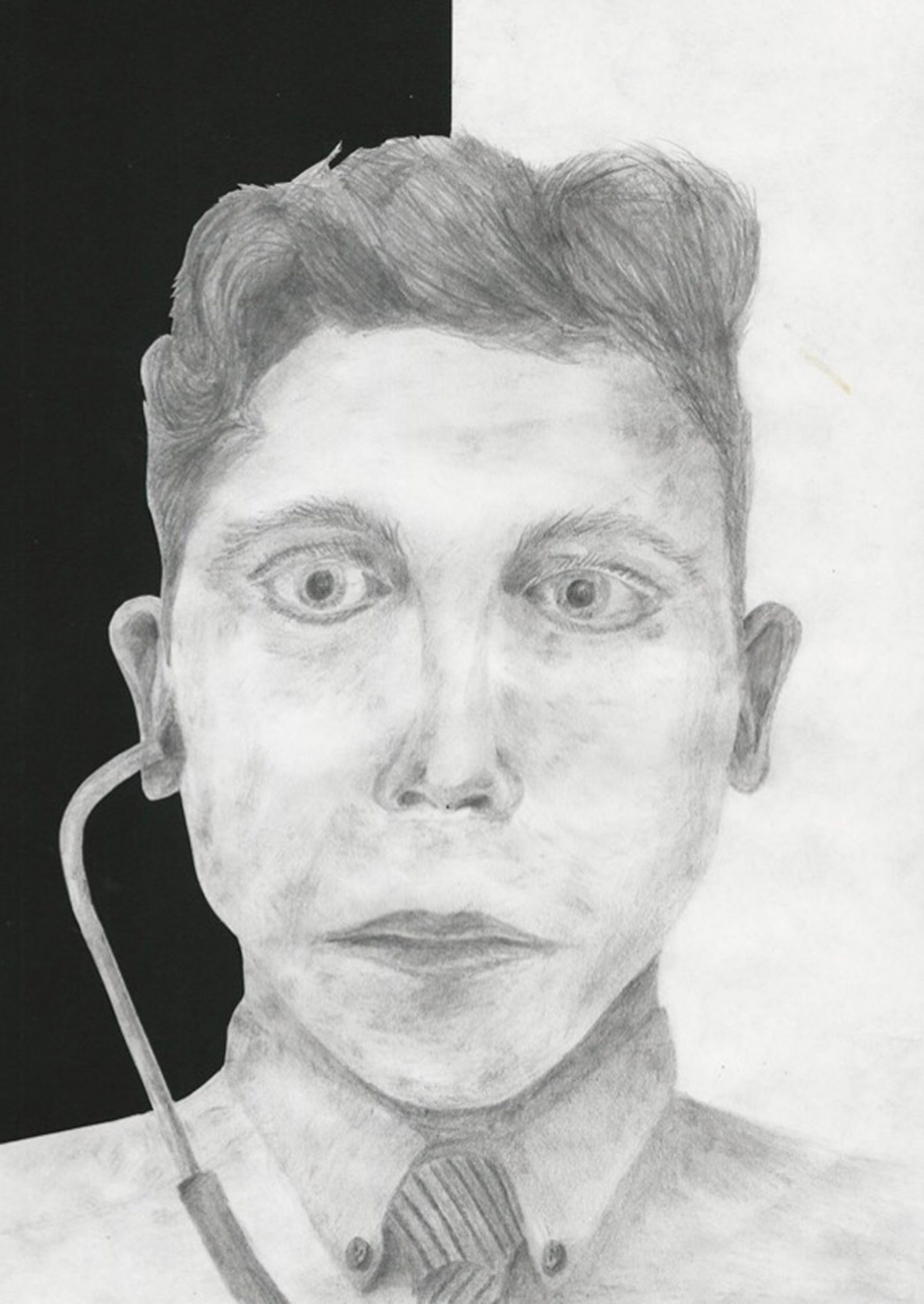The Art of Medicine- ‘The Doctor as an Artist’
The art of medicine intertwines heavily with a holistic approach during clinical interactions, compared to a reductionist approach. Holism aims to bring all distinct levels together so that no significant aspect of the medical issue is excluded from the solution. However, utilising the idea of holism in a medical consultation requires a degree of artistry.
The art of medicine is composed in a consultation between a delicate balance of listening and advocacy.1 Indeed, it is often not the clinical treatment that patients have received which spark complaints, but the ‘art’ with which the doctor listens and engages with their concerns. Arguably, nothing is quite as important as listening when a patient presents with dynamic symptoms. Dynamic illnesses are those for which there is little or no scientific knowledge regarding their manifestation, the most common examples being fibromyalgia, irritable bowel syndrome and chronic fatigue syndrome. Listening to the patient’s story in this instance synthesises their levels and experiences, potentially exposing a contributing factor or a route to an effective therapy. Having a conversation about wider methods the patient can employ to deal with the symptoms, personalised by what they have spoken about and the doctor listened to, can create a much more fulfilling experience for the patient. Medicalising what is not explained by science through diagnostic tests and by acting on reductionist instinct may reveal little about the condition or the overall state of the patient’s health and wellbeing.
Creative Piece
I feel that there is no better way of representing the ‘art of medicine’ than doing so through an artistic medium. I have demonstrated the extent that listening plays in the art of communication in my artwork. From the perspective of a prospective patient, I decided to split a portrait of a doctor into two distinct sections. The left side of the piece portrays a reductionist doctor with a stethoscope in their ear being used to undertake a medical examination. On the right, the doctor is free from apparatus and is listening to the ‘whole patient’ with an open ear. The left doctor is committed to the cardiac auscultation and can only hear a heartbeat. At that point in time, all other aspects of the patient’s story are masked by the over-riding sounds of their heart which is shown by black background shading. By contrast, the right doctor is enlightened by listening to the talking patient and can converse with them about their health. Not only does this provide the doctor with a vast amount of personal information shown by a light background, but the patient becomes informed by the doctor too and can be empowered to manage their symptoms. Empowering patients, especially those with chronic conditions, is vital for the effectiveness of the artful doctor approach since it is symbiotic with a more integrative and preventative medical approach.
Listening is also a foundation of building a good rapport with the patient and thus the functionality of the doctor-patient relationship. In addition, it acts therapeutically promoting healing and is essential for information retrieval and consolidation. Not adequately giving enough time for the patient to speak and listen to them can reduce the resilience of the patient. In cases where the resilience of the patient is already lowered, such as having suffered debilitating symptoms for a long period of time, they are at risk of losing all resilience and collapsing. Being well connected with a health care professional such as a doctor is a key part of the medical journey and the centrality of patient involvement working as equal partners, improves the quality and outcome of patient care.
I chose to use the medium of line drawing. I selected pencil as the art of medicine is rarely black and white but subject to a vast amount of grey. By definition, the art of medicine and the forms through which it is expressed by each doctor and each patient is highly variable and of different effectiveness. In addition, the use of pencil allows for an appreciation of tone; naturally, tone of delivery and being attended to, contributes powerfully to the art of medicine within consultation.
The art of medicine is also includes a compassionate and empathetic nature of towards the patient and having a duty of care. Patients value a good ‘bedside manner’; denoting the conversation between them and the doctor. Empathy is a striking example of a desirable emotion of any practicing doctor. It can facilitate the ‘opening up’ of a patient’s problems that they would otherwise feel unable to share, reduce the impersonality of the encounter, reduces social isolation and gives rise to compassion and reassurance.(1) The expressing of such emotions by a clinician is also strongly correlated to a positive physiological emotional response by the patient and thus leads to a cycle of positive interaction.
In conclusion, the relationship between the bioscientific basic of medicine and the art of medicine is dynamic. It requires an artfully derived degree of individuality and the holism this process facilitates is invaluable. Thus art of medicine is an inseparable and essential component of this relationship and hugely affects the patient experience of healthcare.
Reference (1) Carel, H. 2013. Illness. Revised Edition. pp. 45-51. Routledge.

0 Comments